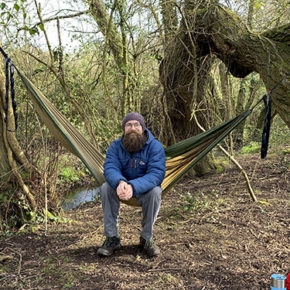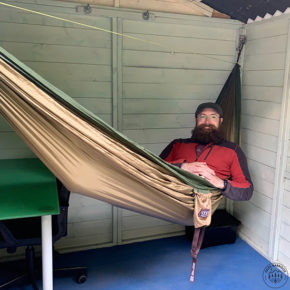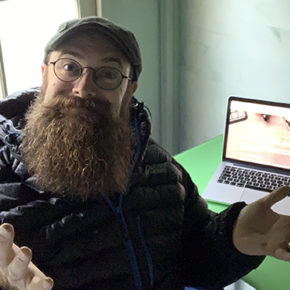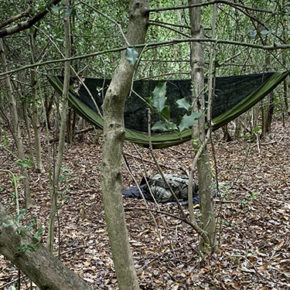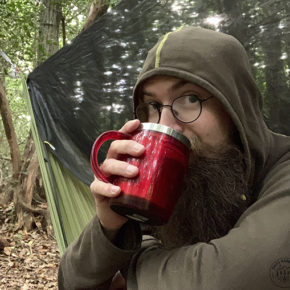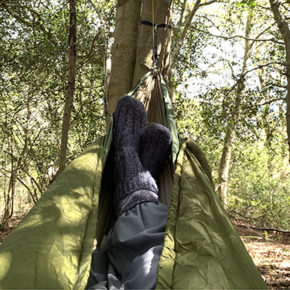The Reality Of Working On Location
As I sit writing this, the umpteenth cup of tea by my side, it’s pouring with rain outside. I shouldn’t be here. I should be meandering my way across a hillside somewhere, rucksack on my back and camera/tripod setup over my shoulder.
Last weekend saw the annual RSPB Big Wild Sleepout take place throughout the country. One year ago, to get involved, I headed to an ancient woodland to make a short film based around a hammock wild camp; if you haven’t already, you can see the finished product (and behind-the-scenes videos) here. I’d planned to do the same at the weekend, substituting a bivvy for the hammock.
Well, the weather decided to take a turn for the worse, so I decided to put things on hold until the next window of opportunity and produce my film belatedly. That opportunity still hasn’t arrived.
Whilst it’s fair to say that frustration has set in, I’ve not given up and it’s not a complete write-off – I’m just reminded that when working outside, you are at the mercy of the elements rather!
I always go prepared – the right clothing, shelter, food & drink etc – but in the example above, everything would have undoubtedly got completely soaked. The experience would have been at odds with the ethos behind the Sleepout and I would probably have found myself questioning just how sensible I was in heading out in the first place.
As it happens, I don’t mind the rain. But if I’m honest, I don’t think I would have got satisfying results if I’d forged on regardless. When the outdoors/camping bug bites, it really gets you – but sometimes, you need to know when to pull the plug. Common sense is a great quality to have as a photographer.
Time to think back to sunnier days…
Over the past few months, I’ve spent quite a bit of time in the countryside, including regularly sleeping under the stars. A number of trips for Camping magazine, for example, required weekends or 7-night stays; more about these to come in other posts.
People often ask what is my favourite time of year. The answer is always ‘autumn/winter.’ My theory goes something along the lines of: If you’re cold, you can get warm; once you’re too hot, though, it can be difficult to cool down. Yes, it’s likely to be a lot wetter everywhere in autumn/winter, but I’ll gladly take that over feeling the kind of uncomfortableness you get but being sticky and sweaty in the heat of summer.
So as a photographer working on location, my relationship with my ‘office’ is somewhat bitter-sweet. It’s often a gamble, very much out of my control, but the rewards a well worth the perseverence. By placing myself out there, making the effort to deal with fluctuations in temperature and taking a chance on conditions, I stand to gain far more than I lose.
You might be asking, “Yes, but what about the camera kit? How do you keep everything safe?” Actually, my cameras and lenses are very resilient in poor conditions; the weather sealing on them has always done a great job – even in torrential downpours and minus-degree situations.
I have bags, cases and covers which can all be employed to provide the necessary protection in the field. As with everything, it’s a matter of selecting the right one for the job. A Lowepro backpack with waterproof cover is clearly the winner when walking through the hills; for more urban or level/concreted areas, I’ll often choose my Peli hard cases.
There can be no excuses when working on location, even if the odds seem stacked against you. Yes, you might have a structured brief to go by, but sometimes it’s simply a case of adapting to get the job done.
Category: Location photography, Technique


